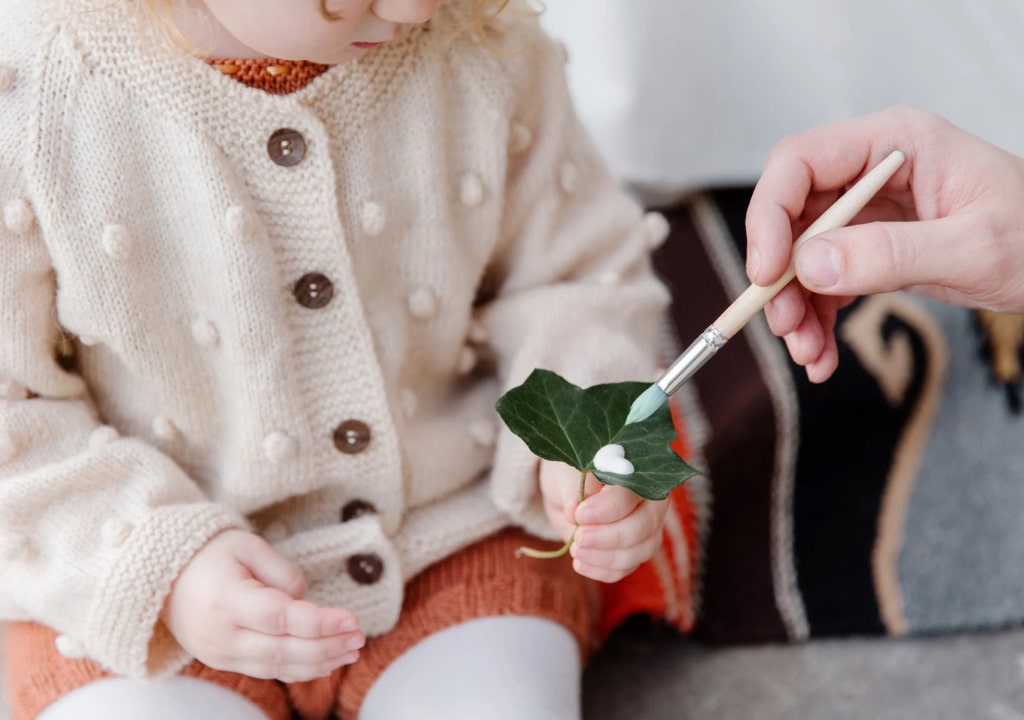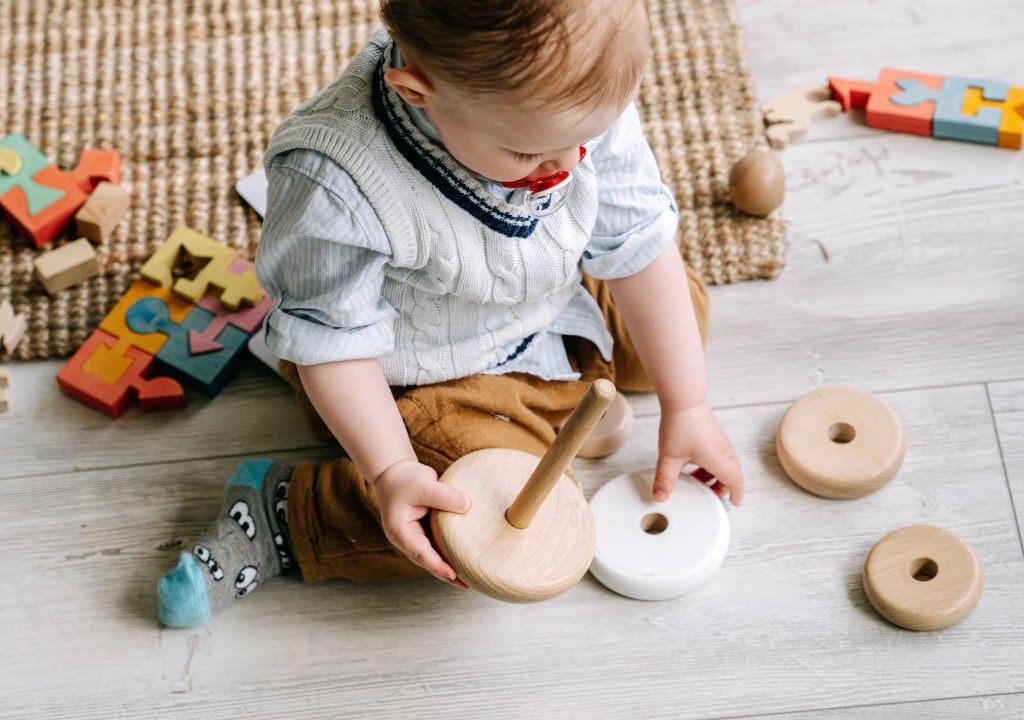Babies are known for their delicate and sensitive skin, making them prone to various types of rashes. Understanding the common baby rashes and how to treat them can help parents and caregivers provide the best care for their little ones. Here’s a comprehensive guide on the different types of baby rashes and effective treatments.
1. Diaper Rash
Causes:
Diaper rash is one of the most common rashes in babies. It occurs when the skin is irritated by prolonged exposure to wet or dirty diapers. The combination of moisture, friction, and urine or feces can cause the skin to become red and inflamed.
Treatment:
- Frequent Diaper Changes: Change diapers as soon as they become wet or soiled.
- Air Time: Allow the baby to go without a diaper for short periods to let the skin breathe.
- Barrier Creams: Use zinc oxide or petroleum jelly-based creams to protect the skin.
- Gentle Cleaning: Use mild, fragrance-free wipes or plain water to clean the diaper area.
2. Heat Rash (Miliaria)
Causes:
Heat rash occurs when sweat ducts become blocked, leading to small red or clear bumps on the skin. It often appears in hot, humid weather and affects areas where sweat accumulates, such as the neck, chest, and diaper area.
Treatment:
- Cool Environment: Keep the baby in a cool, well-ventilated area.
- Light Clothing: Dress the baby in loose, lightweight clothing.
- Cool Baths: Give the baby cool baths to soothe the skin.
- Avoid Ointments: Refrain from using creams or ointments that can block sweat ducts.
3. Eczema (Atopic Dermatitis)
Causes:
Eczema is a chronic skin condition that can cause red, itchy, and dry patches on the skin. It often appears on the face, elbows, knees, and diaper area. The exact cause is unknown, but it is believed to be related to genetic and environmental factors.
Treatment:
- Moisturizers: Apply fragrance-free, hypoallergenic moisturizers frequently.
- Bathing Routine: Limit baths to 10 minutes and use lukewarm water with mild, unscented soap.
- Avoid Triggers: Identify and avoid potential triggers, such as certain fabrics, soaps, and foods.
- Medications: Consult a pediatrician for appropriate topical steroids or other prescribed treatments.
4. Cradle Cap (Seborrheic Dermatitis)
Causes:
Cradle cap causes yellowish, greasy, scaly patches on the baby’s scalp. It is thought to be related to the overproduction of oil by the sebaceous glands.
Treatment:
- Gentle Shampooing: Use a mild baby shampoo to wash the scalp regularly.
- Soft Brushing: Gently brush the baby’s scalp with a soft brush to loosen scales.
- Natural Oils: Apply a small amount of mineral oil or baby oil to the scalp to help soften the scales before shampooing.
5. Impetigo
Causes:
Impetigo is a contagious bacterial infection that results in red sores, which can rupture and form honey-colored crusts. It is commonly caused by Staphylococcus aureus or Streptococcus pyogenes bacteria.
Treatment:
- Medical Attention: Seek medical advice promptly. Antibiotic ointments or oral antibiotics are usually prescribed.
- Hygiene Practices: Keep the affected area clean and avoid scratching to prevent the spread of infection.
- Isolation: Keep the baby away from other children until the infection is no longer contagious.
6. Allergic Reactions
Causes:
Allergic reactions can result from various triggers, including certain foods, medications, and environmental factors. Symptoms can include red, itchy rashes, hives, and swelling.
Treatment:
- Identify Triggers: Work with a pediatrician to identify and eliminate potential allergens.
- Antihistamines: Under medical supervision, use antihistamines to relieve itching and discomfort.
- Topical Creams: Apply prescribed topical corticosteroids to reduce inflammation and itching.
Conclusion
Baby rashes are a common concern, but with proper care and treatment, most can be effectively managed. Always consult a healthcare professional for accurate diagnosis and appropriate treatment. Remember, maintaining good hygiene, using gentle products, and paying attention to environmental factors can go a long way in preventing and treating baby rashes.
By staying informed and proactive, you can ensure your baby’s skin remains healthy and rash-free.



